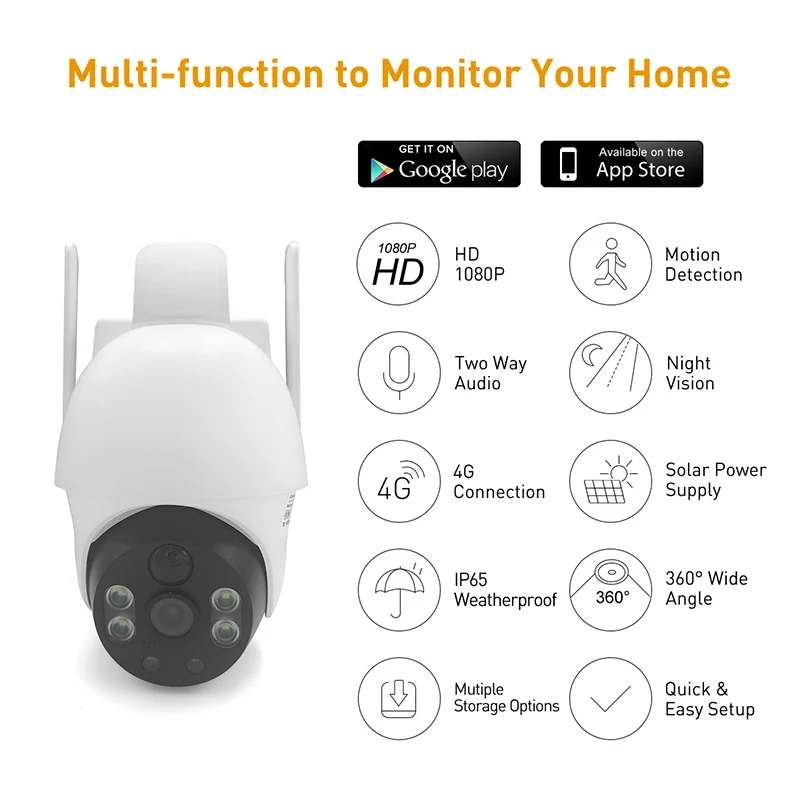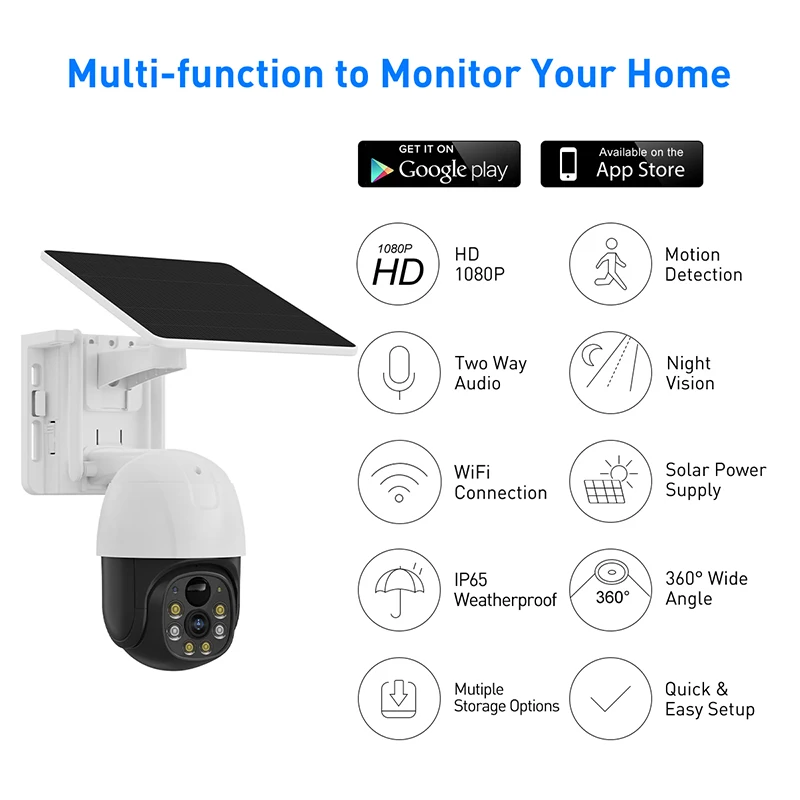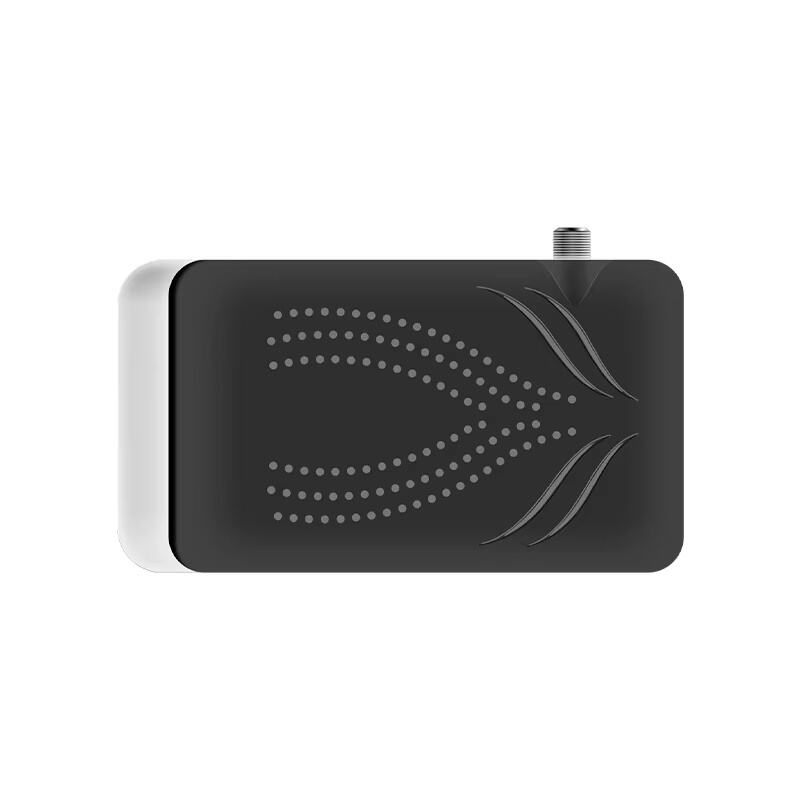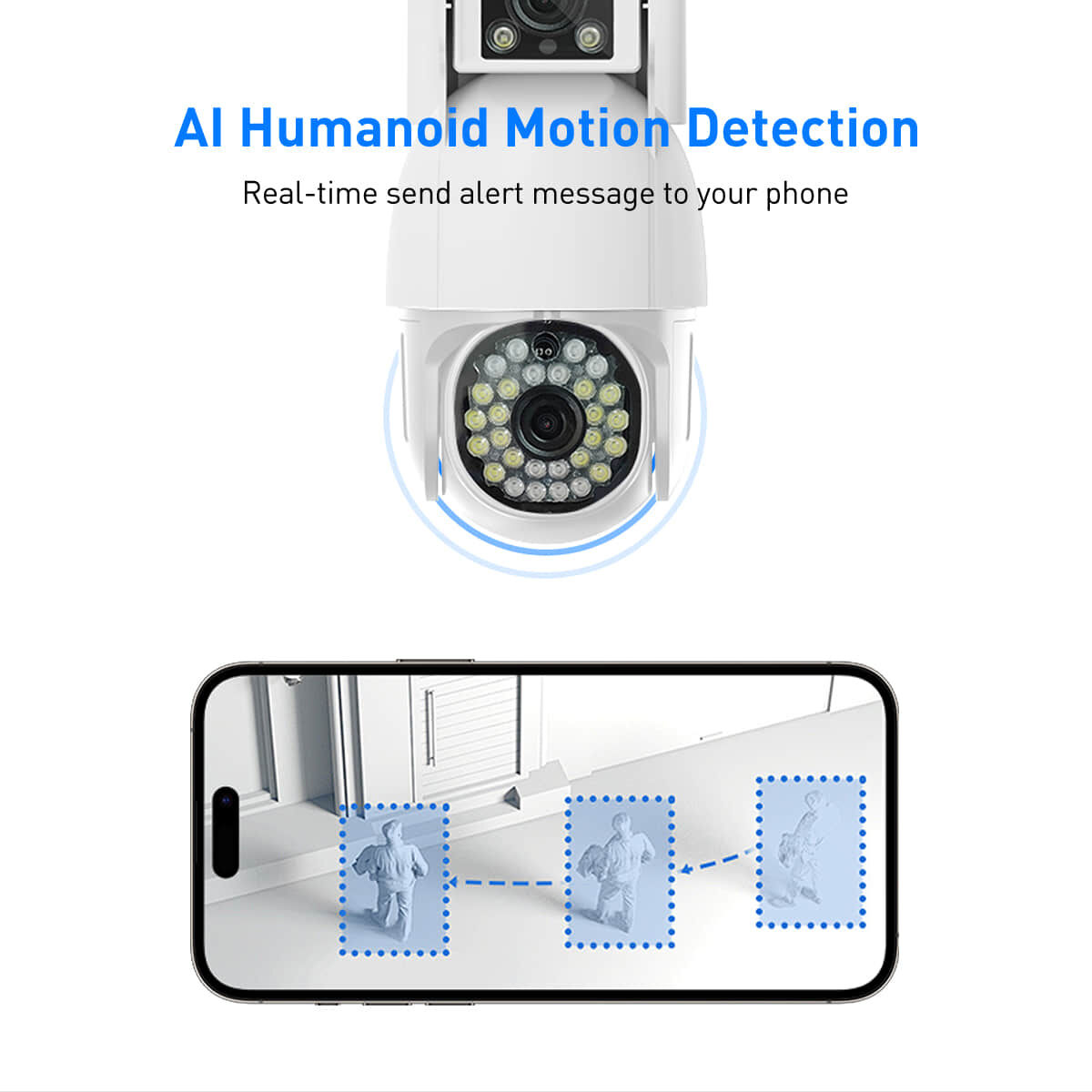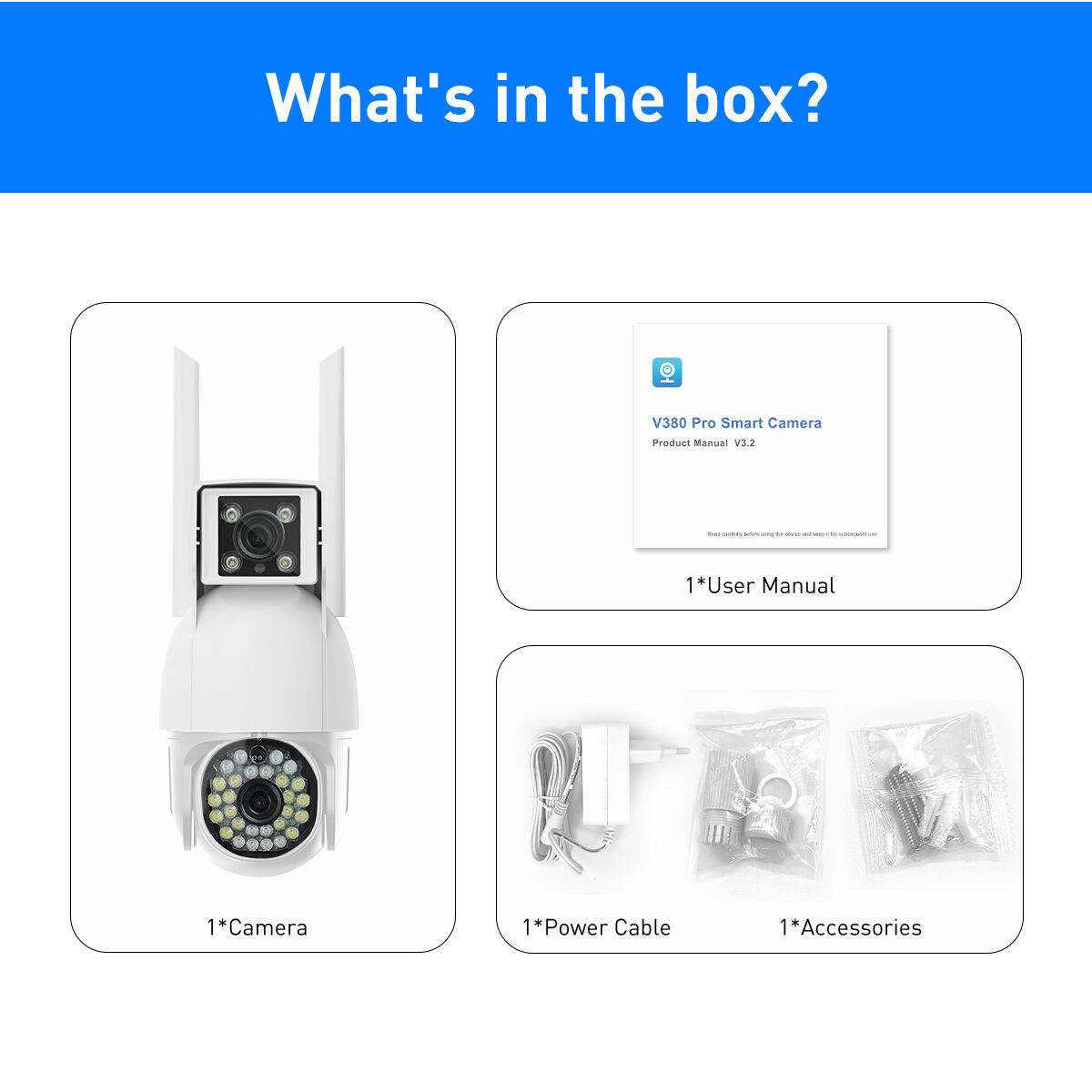elektrický čisticí kartáček
Elektrický čisticí kartáč představuje revoluční pokrok v technologii úklidu domácnosti, který kombinuje výkonnou motorovou rotaci s inovativním designem kartáče pro vynikající účinnost čištění. Tento univerzální čisticí nástroj disponuje motorem s vysokým točivým momentem, který pohání různé vyměnitelné kartáčové hlavy, což umožňuje efektivní čištění na různých površích. Zařízení funguje na dobíjecí baterie, což poskytuje bezdrátové pohodlí a prodloužené úklidové seance na jedno nabití. Jeho ergonomický design zahrnuje pohodlnou rukojeť a nastavitelnou prodlužovací tyč, což usnadňuje dosažení obtížně přístupných míst bez namáhání. Kartáčové hlavy jsou navrženy s odolnými štětinami, které si poradí s tvrdými nečistotami, zatímco jsou dostatečně jemné pro delikátní povrchy. Pokročilá voděodolná konstrukce umožňuje bezpečné použití za vlhkých podmínek, zatímco variabilní rychlostní nastavení nabízí přesnou kontrolu pro různé úklidové úkoly. Jednotka je vybavena chytrými funkcemi, jako jsou LED indikátory stavu baterie a automatická funkce vypnutí, která zabraňuje přehřátí. Ať už se jedná o dlaždice v koupelně, kuchyňské pulty nebo venkovní nábytek, toto inovativní čisticí řešení poskytuje profesionální výsledky s minimálním úsilím.



